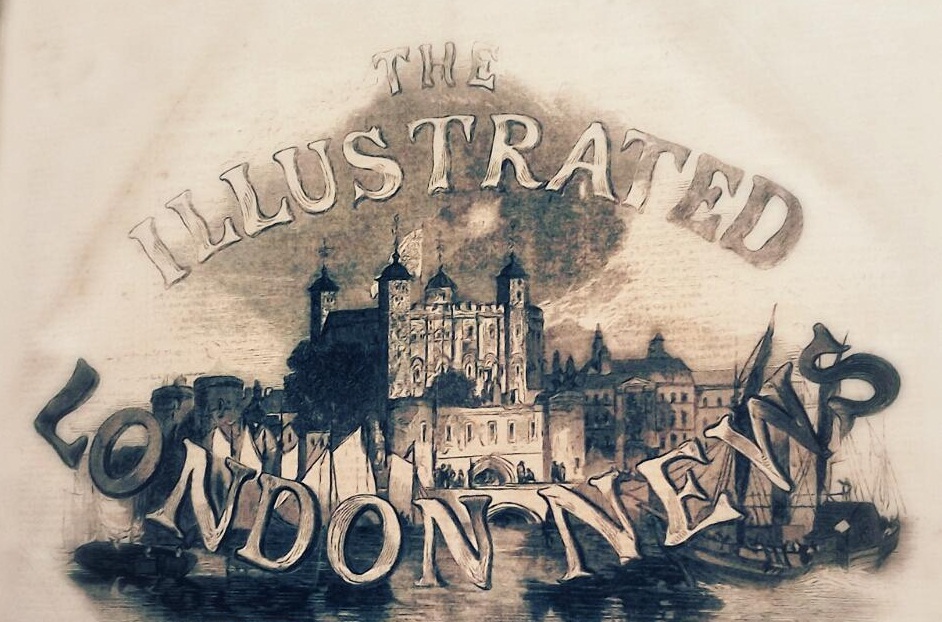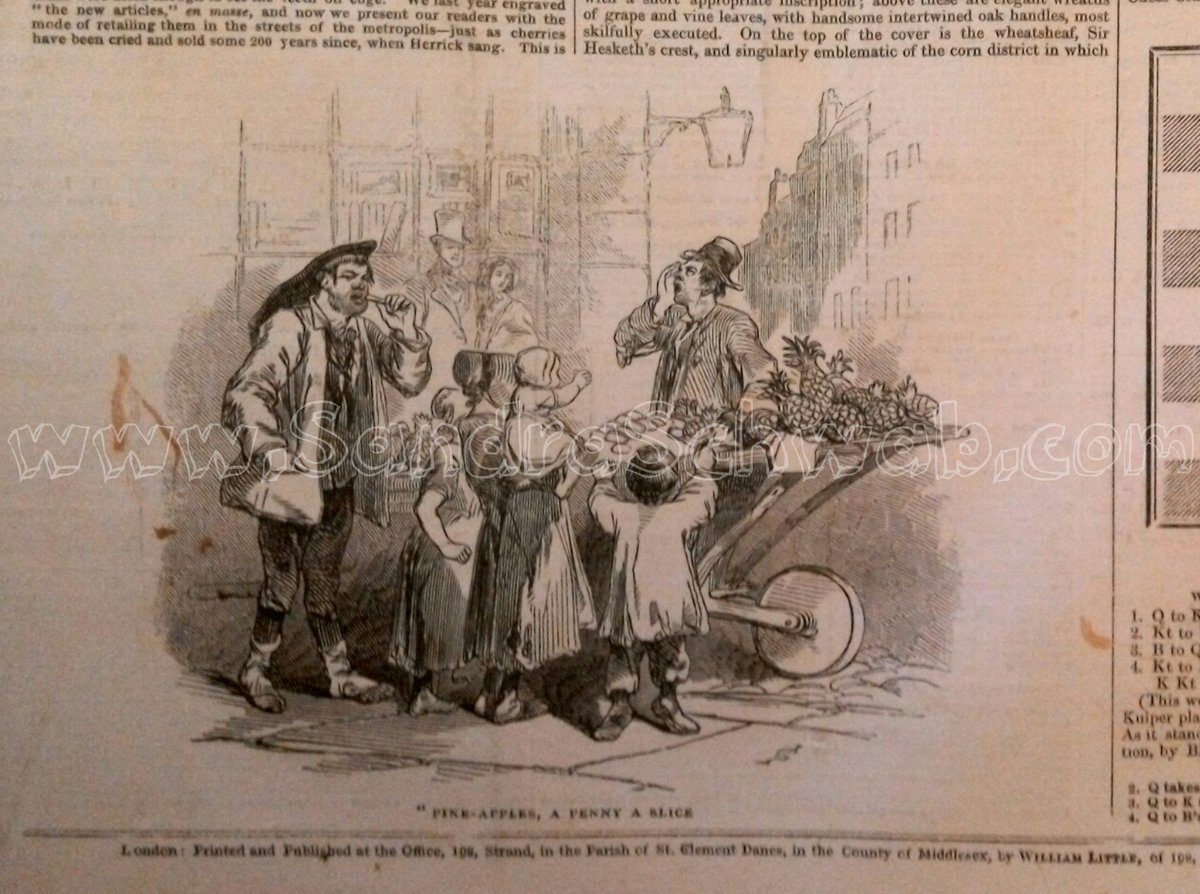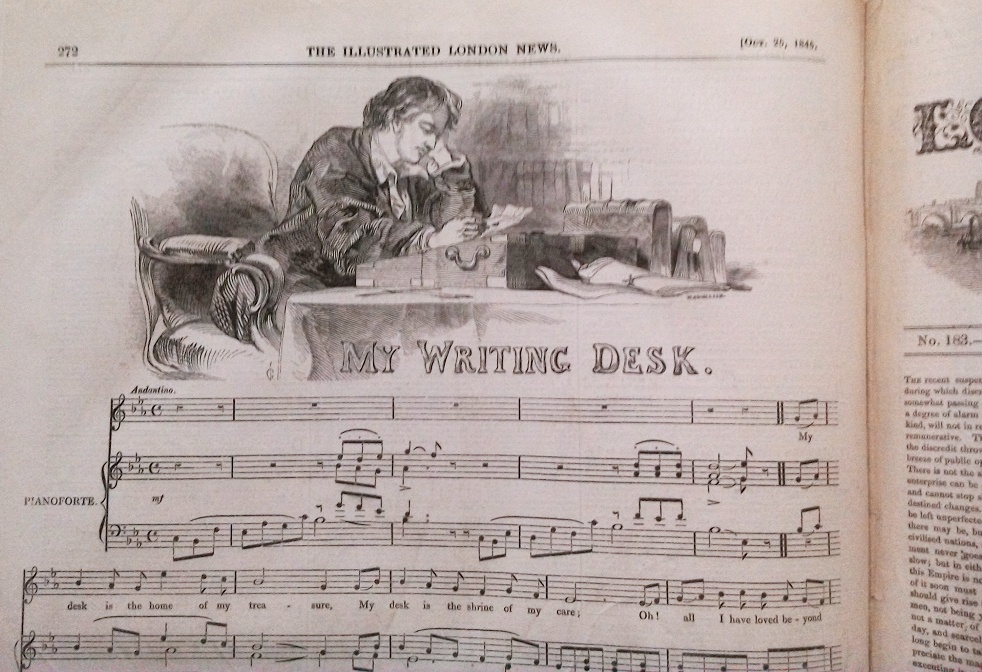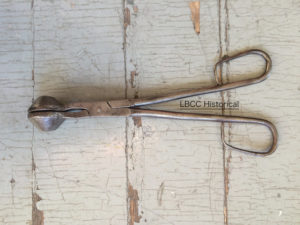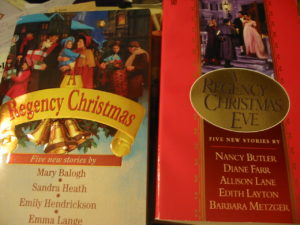I saw a new book about black history on Twitter and had to pounce: Black Tudors, The Untold Story by Miranda Kaufmann. While this is earlier than what I write, I grew up as a historical re-enactor and a lot of my time and study has been devoted to fifteenth and sixteenth century history. I’m only halfway done with the book, but it’s proven well worth my time and money.
I don’t want to give a synopsis of the entire book, as that’s unfair to the author, so I’m going to concentrate on the first black Tudor featured in the book, John Blanke, the Trumpeter. John Blanke shown twice in the Westiminster Tournament Roll and is the only idenifiable portrait of an African in Tudor England.
Blanke is a fasinating figure. Musicians were known to move from court to court rather freely, and they were often used as messengers betweeen courts. It is likely that Blanke arrived in England in the retinue of Katherine of Aragon in 1501 (blacks, both free and enslaved, being more common in Spain, Portugal, and the Italian states). By 1507 he is listed as one of Henry VII’s trumpeters and is being paid the same wage as the others. He must have been a favorite, because when a more senior musician died, Blanke petioined the new king, Henry VIII to be raised in position and have his pay increased. Not only wa this request granted, but when Blanke married in 1512 the king bestowed upon him violet cloth for his wedding clothes (as a musician, Blanke was already entitled to ignore the sumptary laws and was known to dress in crimson).

This work is in the public domain in its country of origin and other countries and areas where the copyright term is the author’s life plus 100 years or less.
One interesting tidbit I learned was the because trumpeters were used as messengers, they were supposed to have dipolmatic immunity, allowing them free passage through foreign and even enemy territory. This, coupled with their frequently moving from service of one king or noble to another, also gave rise to them being thought of as spies. Wouldn’t a Dunnett-like series about a spy/trumpeter moving through the courts of sixteenth century Eurpoe be amazing? Somebody who’s better at mystery plots than I am needs to write this for me!


